What Does RMR Stand For and Why It Matters for Your Health?
When You First Hear About RMR, You Might Wonder: "What is RMR?" . It’s actually a key indicator of how your body burns energy every day. RMR stands for Resting Metabolic Rate, which is the number of calories your body burns at rest to maintain basic functions like breathing, heartbeat, and body temperature regulation.
You might ask, "Why should I care about RMR?" Well, knowing your RMR can help you manage your weight, design meal plans, and even optimize your exercise routine. Whether you’re looking to lose weight, gain muscle, or maintain a healthy weight, understanding your RMR provides crucial data.
What is Resting Metabolic Rate (RMR)?
Simply put, Resting Metabolic Rate (RMR) is the number of calories your body burns each day at rest. Even if you were to lie on the couch all day, your body still needs energy to perform vital functions like breathing, circulating blood, and regulating body temperature. RMR represents the total calories burned in these resting states.
Knowing your RMR gives you better control over your health. It tells you how many calories you burn each day without any physical activity. This information is critical for weight management, meal planning, and even exercise programs. For instance, if you know your RMR, you can more accurately calculate how many calories to consume each day to avoid overeating or undereating.
RMR is often confused with BMR (Basal Metabolic Rate). While both measure the body’s energy expenditure at rest, RMR is slightly more relaxed in its measurement conditions, making it more common for everyday use. If you’re looking to understand how many calories you burn daily, RMR is a very useful metric.
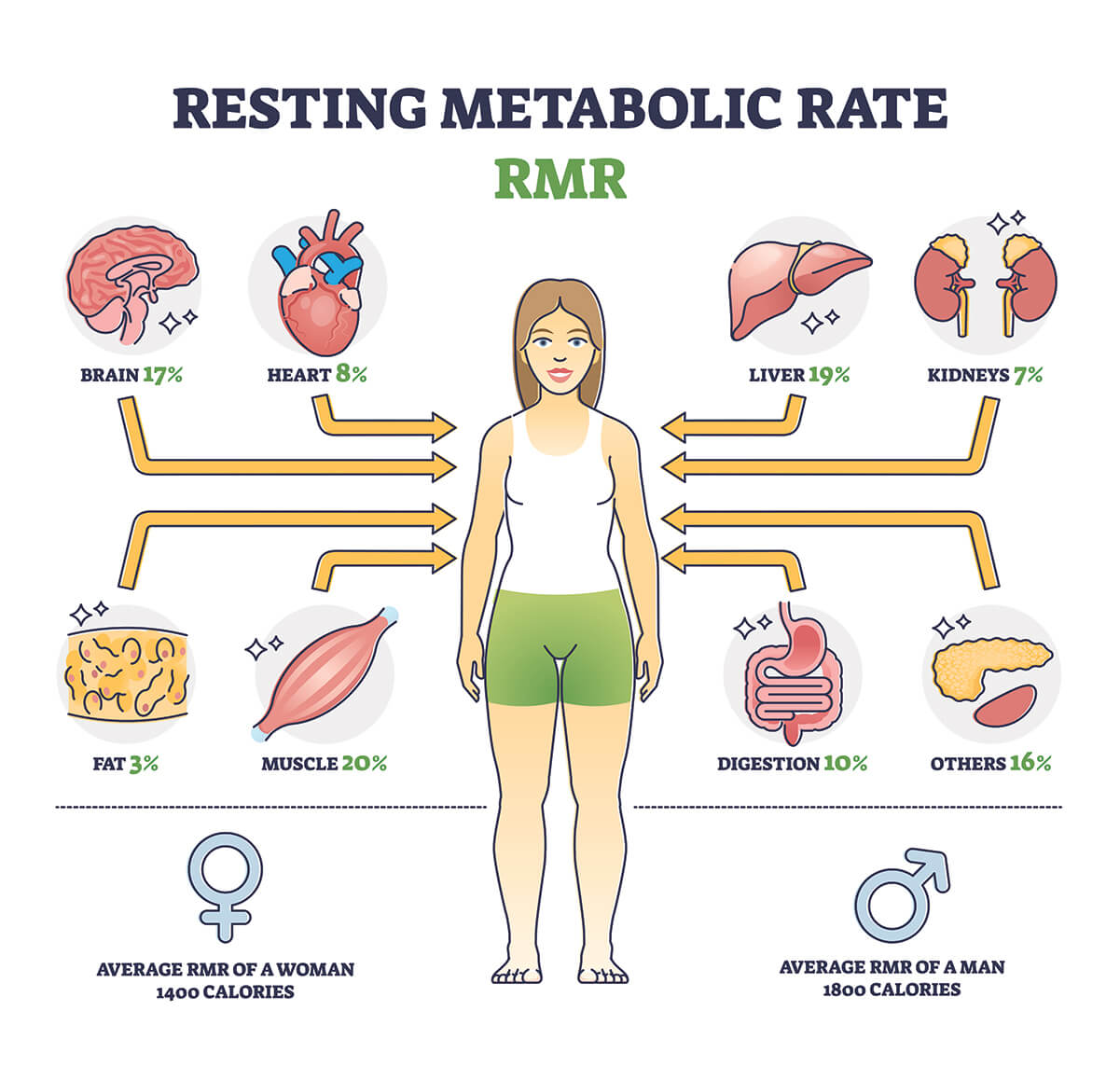
RMR vs. BMR: What’s the Difference?
RMR (Resting Metabolic Rate) and BMR (Basal Metabolic Rate) are often confused, as they both deal with energy burned at rest. However, there are differences in how they’re measured and applied. Understanding the distinction between them can help you manage your health more effectively.
1. Different Measurement Conditions
- BMR refers to the minimum calories burned in a completely still and controlled environment (such as in the morning, after fasting for 12 hours). It’s typically measured in a lab setting, so it's not often used in everyday life.
- RMR, on the other hand, measures the calories burned at rest under more relaxed conditions, making it more practical for everyday use. It includes the energy needed for basic body functions as well as mild activity and digestion, so it’s usually a bit higher than BMR.
2. Practical Applications
- BMR is more useful for research and precise metabolic measurements.
- RMR is more practical for everyday life. Knowing your RMR can help you plan your meals and exercise routines to meet your weight management goals.
3. Which is More Useful?
For daily health management, RMR is the more practical metric. By knowing your RMR, you can more accurately calculate your daily calorie needs. If you’re ready to start planning, you can use HealthyCalc’s BMR Calculator to get an estimate, which will lay the foundation for your health management!
How to Calculate RMR? Use a Calculator to Get Quick Results
To calculate RMR, you can use common formulas to get a fairly accurate result. One of the most popular formulas is the Mifflin-St Jeor equation, which estimates daily energy expenditure based on your weight, height, age, and gender.
RMR Calculation Formula:
- Men: RMR = (10 × weight in kg) + (6.25 × height in cm) - (5 × age in years) + 5
- Women: RMR = (10 × weight in kg) + (6.25 × height in cm) - (5 × age in years) - 161
For example, if you are a 30-year-old man who weighs 70 kg and is 175 cm tall, your calculated RMR would be around 1650 calories/day. This means that your body would need approximately 1650 calories a day to maintain basic functions in a resting state.
An Easier Way: Use the BMR Calculator for an Estimate
While RMR measures resting metabolic rate, it is very similar to BMR (Basal Metabolic Rate). You can use our BMR Calculator to quickly estimate your BMR, which can also serve as a good reference for your RMR.
Since BMR is measured under stricter conditions, it’s usually slightly lower than RMR. Generally, you can increase the result from the BMR calculator by about 5% to 10% to estimate your RMR.
For instance, if your BMR result is 1600 calories/day, your RMR might be around 1680-1760 calories/day. This allows you to better tailor your daily calorie intake to meet your health goals.
Why is Knowing Your RMR Important?
Knowing your RMR (Resting Metabolic Rate) isn’t just about understanding how many calories you burn at rest; it can also directly impact how you manage your health. Whether your goal is to lose weight, gain muscle, or maintain your weight, knowing your RMR can help you make informed decisions about your diet and exercise. Let’s look at some real-life examples of how RMR affects your daily life.
1. Accurate Weight Control: Should You Eat More or Less?
Say you’re a 30-year-old woman weighing 65 kg and standing 165 cm tall. Your RMR is calculated at 1400 calories/day. This means that even if you do nothing, you still need to consume at least 1400 calories to maintain basic body functions.
If you eat 2000 calories a day and burn about 500 calories through daily activities, you would consume a total of 1900 calories. This means you’re consuming 100 calories more than you’re burning each day, which could lead to gradual weight gain over time.
On the other hand, if you know your RMR and control your daily intake to around 1500 calories, you could burn approximately 3500 calories a week, which equates to losing about 0.5 kg in weight. This is why knowing your RMR can help you control your weight more accurately.
2. Optimize Your Diet: Eating Just Enough
- For example, if you’re a 35-year-old man with an RMR of 1800 calories/day, and you typically consume 2500 calories/day while aiming to maintain your weight, knowing your RMR helps you plan your diet more effectively. You can reduce your intake by 500 calories and maintain 2000 calories/day to keep your weight steady without gaining extra weight from unused calories.
By adjusting your diet—adding more protein and healthy fats while cutting back on sugary and high-calorie foods—you can meet your daily energy needs without over-consuming calories.
3. Plan Your Workouts Efficiently
Take a 40-year-old woman with an RMR of 1500 calories/day who burns around 2000 calories/day with normal activity. To lose weight, she plans to add some workouts.
If she burns an additional 400 calories from a 45-minute run three times a week, she would burn 1200 extra calories per week. By eating 300 fewer calories each day than her RMR, she can burn about 3300 calories a week, leading to a 0.5 kg weight loss.
By combining RMR with exercise, she can avoid overtraining and ensure she burns enough calories to reach her weight loss goals.
4. Adjust Your Health Plan Over Time
- Imagine a 45-year-old man whose RMR used to be 1800 calories/day, but after gaining 5 kg, he notices his metabolism has slowed. After recalculating, he finds his RMR has dropped to 1700 calories/day. Now, he knows his body’s energy needs have decreased as he ages and gains weight.
With this new information, he can adjust his diet and workout plan, such as reducing calorie intake and adding more cardio exercises, to gradually return to his previous weight.
FAQs
1. Does RMR Change with Age?
Yes, RMR decreases with age. As you age, your metabolism slows down, and muscle mass tends to decrease, meaning your body burns fewer calories at rest. Keeping up muscle mass and staying active can help slow this decline.
2. What’s the Best Way to Increase My RMR?
The best way to increase your RMR is to build muscle mass. Muscle tissue burns more calories than fat, so strength training can help boost your RMR. Additionally, staying active, doing cardio, and eating a balanced diet can help keep your metabolism high.
3. Can Knowing My RMR Help Me Lose Weight?
Absolutely! RMR tells you how many calories you burn at rest, which gives you a starting point for setting your daily calorie intake. If you want to lose weight, it’s generally recommended to consume fewer calories than your RMR plus the calories burned through daily activities. This creates a calorie deficit, leading to healthy weight loss.
4. If I Have a Low RMR, Does That Mean I’ll Gain Weight Easily?
A low RMR doesn’t necessarily mean you’ll gain weight. Weight gain happens when you consume more calories than you burn. While a lower RMR means your body burns fewer calories at rest, you can still manage your weight by adjusting your diet and increasing physical activity.
5. Is RMR Lower in Women Than in Men?
Generally, women tend to have a slightly lower RMR than men because men usually have more muscle mass, and muscle burns more calories than fat. However, RMR varies from person to person based on factors like weight, height, age, and muscle mass.
6. Do I Need to Calculate My RMR Every Day?
No, RMR is a relatively stable value and doesn’t change dramatically from day to day. You can calculate it once based on your height, weight, age, and other factors, then reassess periodically (every few months or when you experience significant weight changes). If you want a more comprehensive understanding of your total calorie expenditure, you can calculate your TDEE (Total Daily Energy Expenditure) to help manage your weight more precisely.
7. Can I Increase My RMR Through Diet?
Yes, a protein-rich diet can slightly increase your RMR, as digesting protein requires more energy than digesting carbs or fats. Also, avoid extreme low-calorie diets, as severely restricting calories can lower your RMR, causing your body to go into "energy-saving mode," making it harder to lose weight.
References
When writing this article, we referred to the following authoritative resources and research to ensure the information provided is accurate and reliable. Understanding the calculation and application of RMR relies on a solid scientific foundation, and these sources supported our insights:
FAO/WHO/UNU Expert Consultation (2001). Human Energy Requirements: Report of a Joint FAO/WHO/UNU Expert Consultation.
- This report provides global standards on energy consumption and nutritional needs, widely used to assess the energy requirements of different populations and helps explain the practical application of RMR in health management.
Schoeller, D.A. (2008). Insights into Energy Balance from Doubly Labeled Water. International Journal of Obesity, 32(S7), S72-S75.
- This paper details the use of doubly labeled water to measure human energy expenditure, providing a scientific basis for understanding the relationship between RMR and TDEE.



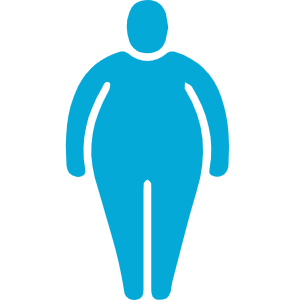
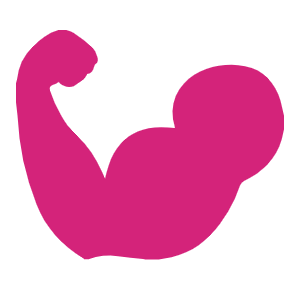


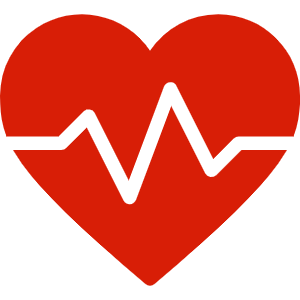
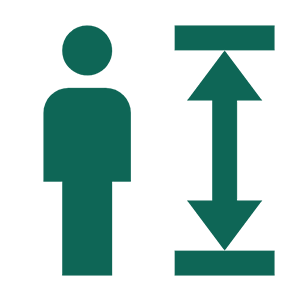



 EN
EN









